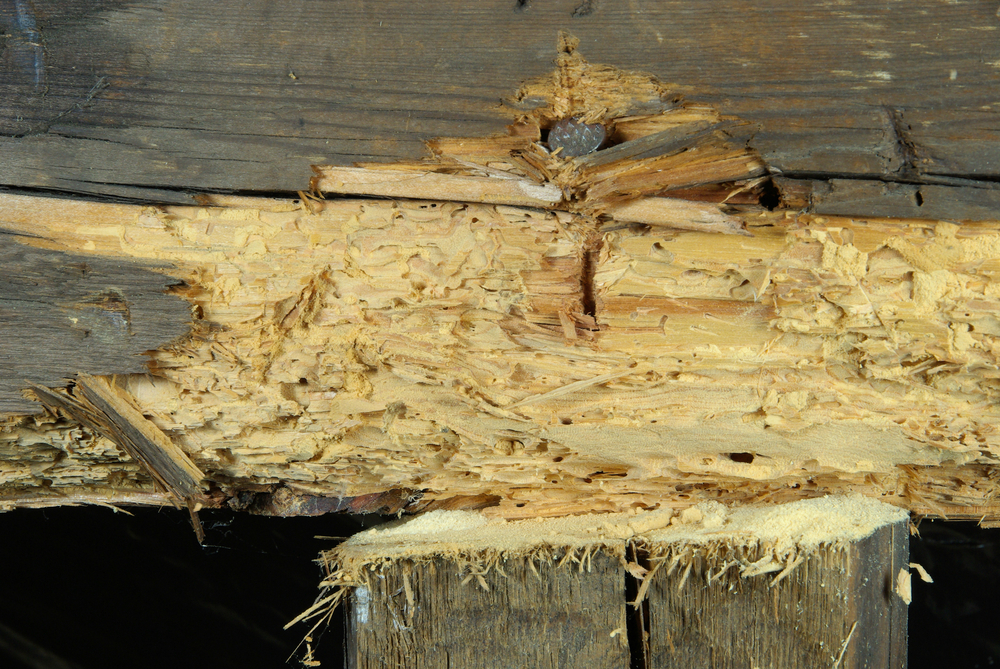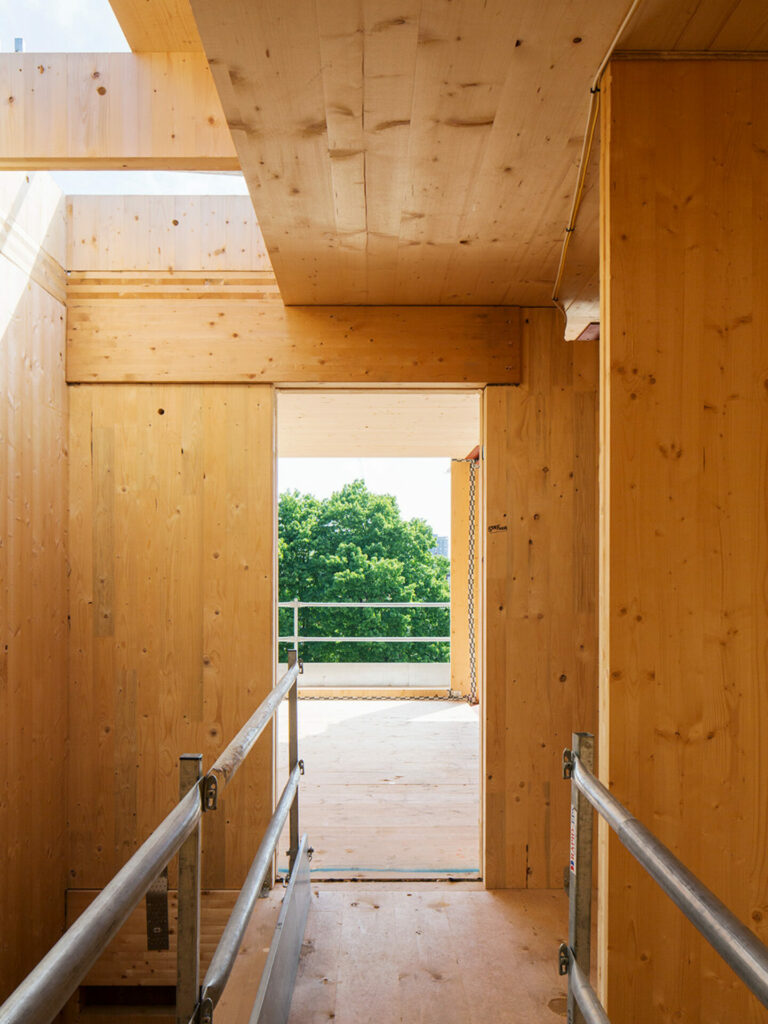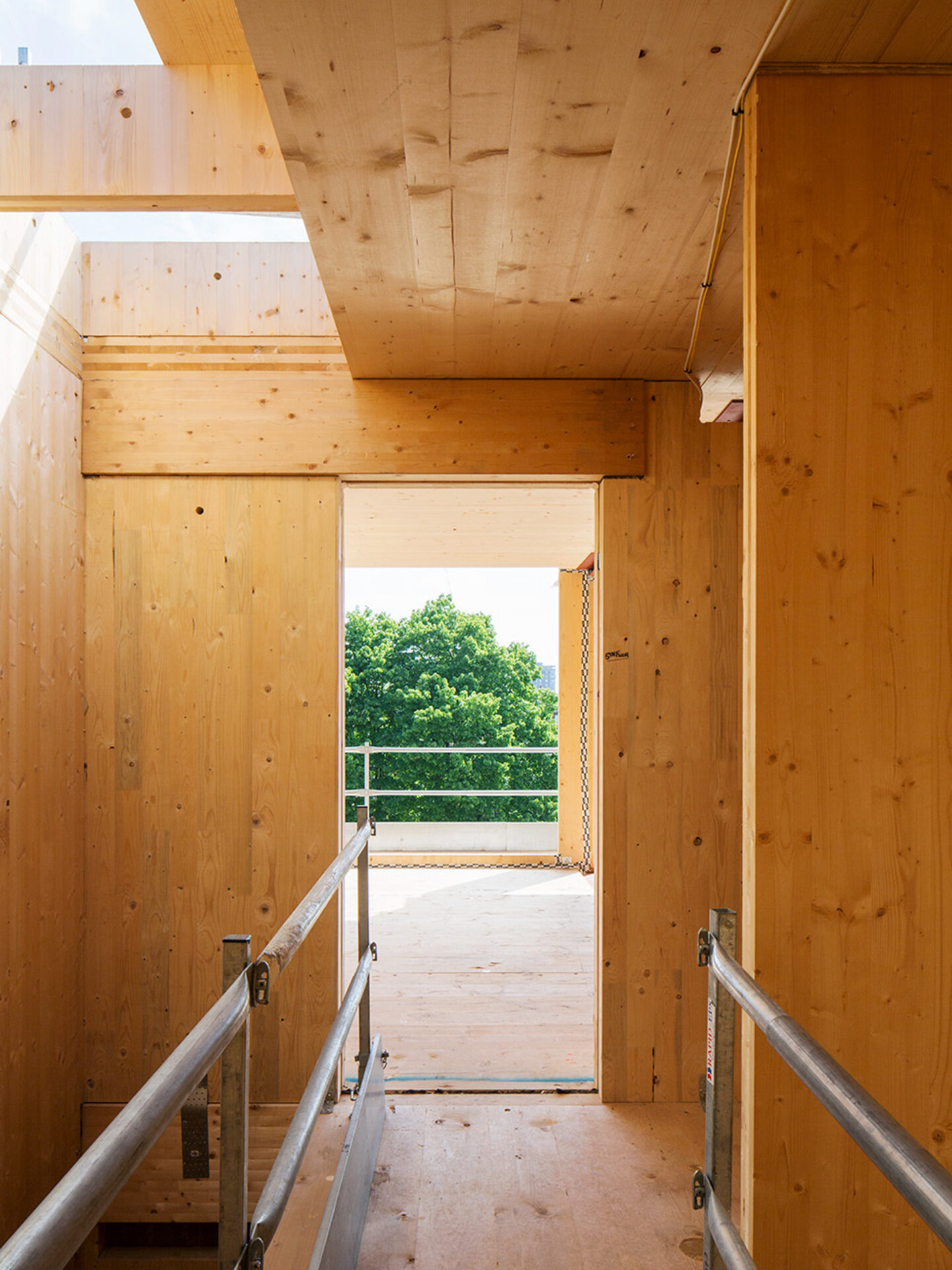Timber is a popular and common material used in construction for many reasons. It offers versatility, durability, and can be cost effective in comparison with many other alternative materials. It is also a sustainable product, with suppliers responsibly replanting and regenerating forests to replace the trees they cut down.
While much of the timber used forms part of a building’s overall infrastructure and is hidden behind walls and cladding, it is essential that the wood is treated properly to protect it against rot, damp, insect infestation and general decay. When treated professionally, the timber will give decades of faithful service, keeping your building standing strong and firm against adversity. If left untreated, it will fracture and weaken the overall integrity of the building.
To avoid this, regular commercial timber treatment protocols will keep your building’s infrastructure in tip top condition, protected against many of the following issues.
Protection against rotting and decay

When you walk into a room you instinctively know when there is a damp problem. The atmosphere feels damp, with a musty, rotten smell that permeates the atmosphere. There may be dark patches on the walls where the damp has penetrated, with mould spreading its black spores across the surface.
Living in a house which has patches of mould is actually detrimental to your health, particularly if you are elderly, very young, and suffer from ill health. Recently the death of two day old Awaab Ishak as a result of black mould in his home has highlighted the importance of treating damp and providing proper preventative care to timbers.
Another sign of excessive rot and decay is the growth of fungi – otherwise known as wet or dry rot. Wet rot develops as the result of a consistently damp high moisture content atmosphere. You can identify wet rot by fungal growth which attacks the cellulose of lignin In timber, leaving it brittle and weak.
Dry rot has the ability to travel through and damage other construction materials so it is important to identify and treat it quickly. You can identify it by soft, fleshy fruiting bodies with wide pores, and white, fluffy mycelium that looks a bit like cotton wool.
Protecting against insect infestation

Woodworm is one of the most common types of insect infestation. Woodworm are actually small insects which burrow existing tunnels in the wood to lay their eggs. When the eggs hatch and the larvae emerge, these babies spend several years inside the wood, gnawing their way through the insides. As you can imagine, the creation of myriad tunnels significantly weaken the overall integrity of the timber.
When the larvae are ready to enter its next stage of growth, it creates itself a pupal chamber, where the tunnel is extended to a larger size to accommodate its pupae, the phase in which the larvae transforms into a beetle.
Once they emerge as fully adult beetles, they mate, and the female returns to the timber where it lays its eggs in the tunnels – and so the cycle starts all over again.
Regular woodworm treatment is essential if you want to avoid having to replace whole sections of infested timber. If the woodworm has been left undetected for too long, the timber itself will be weak, and may not be able to support a building’s framework.
Fire retardancy

Untreated timber is combustible and therefore a fire risk. However by treating it with fire retardant chemicals you can significantly reduce the overall flammability of the wood. Similar treatments can also protect the timber against the elements, such as the sun, rain and temperature fluctuations – elements that could lead to a gradual deterioration in the integrity of the timber.
